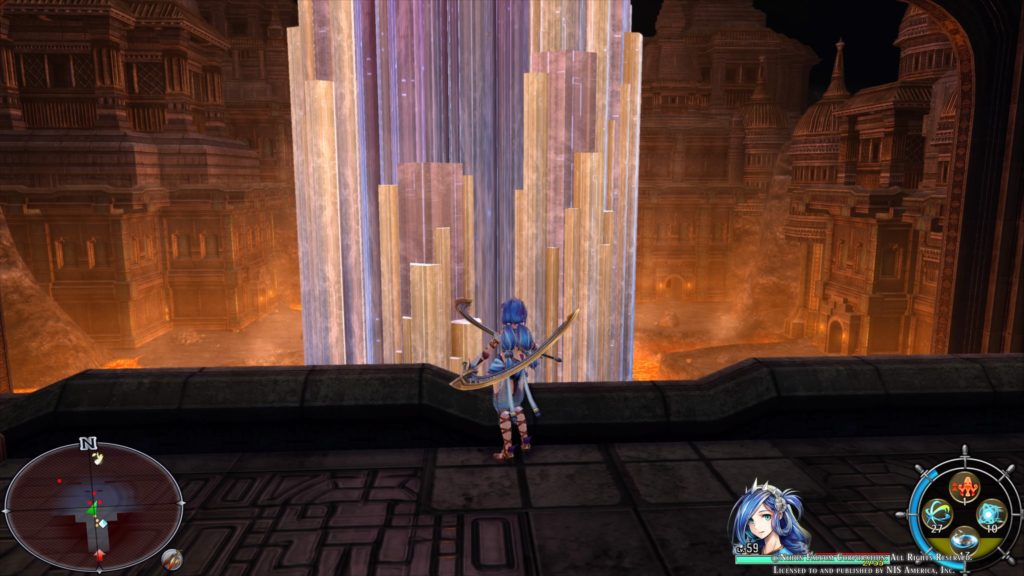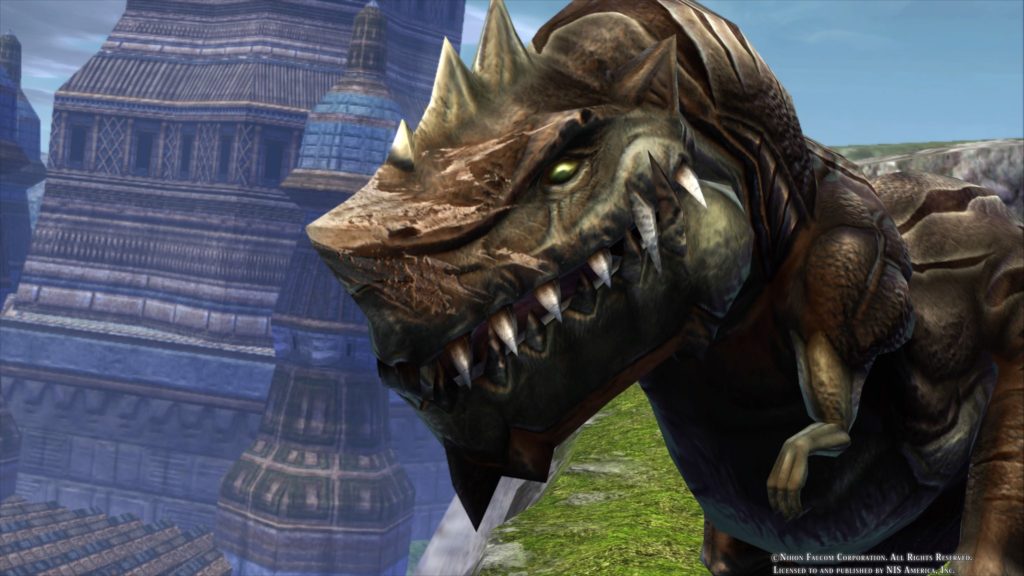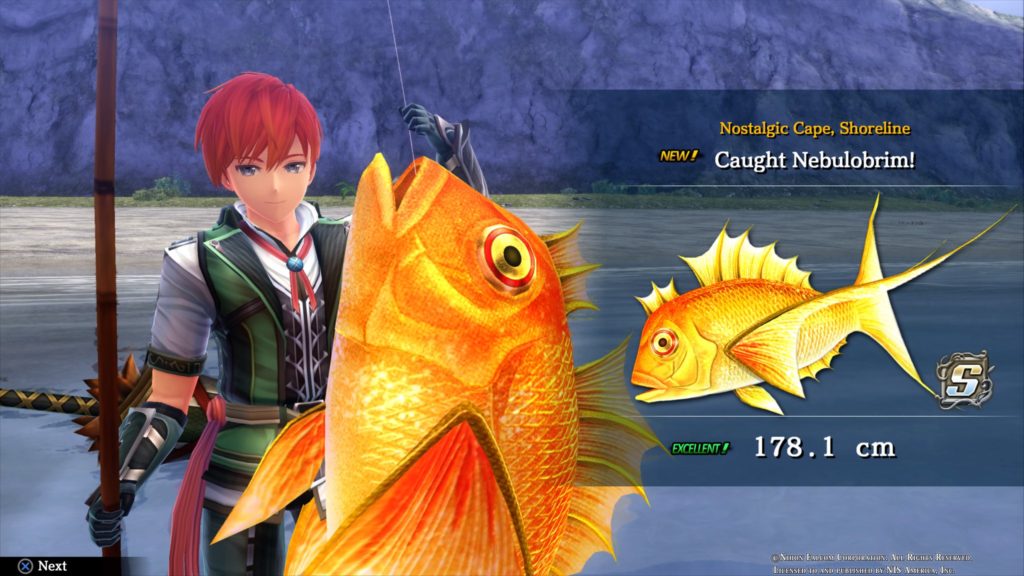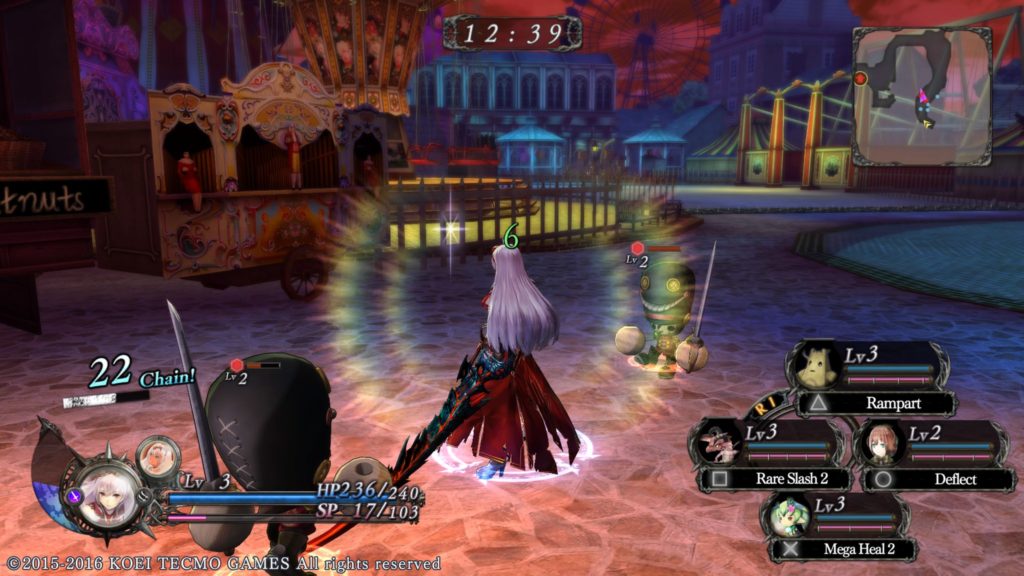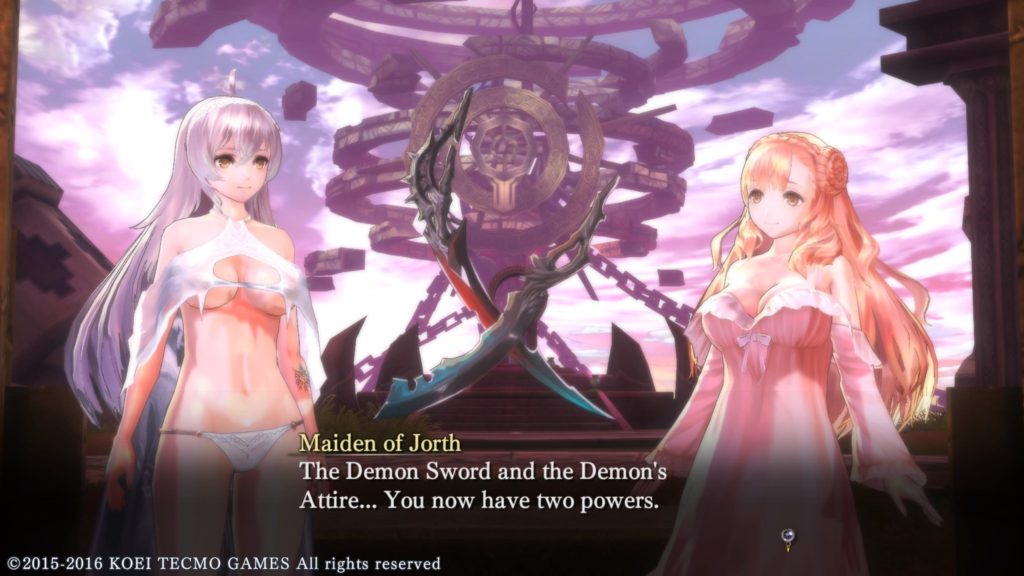- Genre: Action RPG
- Platform: PS4
- Also Available On: PS3, Windows, Xbox One
- Original Platforms: PS2, Wii
TL;DR
- One of the best examples of the Pre-BOTW 3D Zelda ARPG
- Fantastic visuals that scaled up to modern systems nicely, as long as the screen filter is turned down
- Combat generally simple, but a lot of fun thanks to the Celestial Brush mechanic, turning each encounter into a small puzzle
This is going to be a relatively short one, simply because there’s been enough said about Okami since its 2006 release. As far as 3D Zelda-style games go, this is one of the best. It starts with the typical Zelda pattern of going to a dungeon, finding an upgrade, and using that upgrade to finish the dungeon. It adds much deeper combat that is more typical of JRPGs, with each encounter being its own little experience. It uses a Celestial Brush system to literally draw in the world, repairing bridges, breathing life to trees, shooting fire at enemies, and more. It then wraps all of that into one a gorgeous aesthetic reminiscent of Japanese sumi-e painting. Put all together, it’s one of the finest examples of a Zelda game prior to Breath of the Wild, even if it wasn’t actually a Zelda.
These transition scenes still don't get old 12 years later.https://t.co/QqKPLQeylZ pic.twitter.com/Hby23DjXgr
— Dan Weiss (@schenksmill) January 10, 2018
There’s no talking about Okami without going straight at the visuals. That little cutscene above is just a taste of how the game looks, but by and large it’s always that gorgeous. Enemies killed with slashes float into the sky and separate into pieces like sheets of paper. Trees explode into flower petals when brought back to life. Even the static areas of the environment take on a beautiful painted look, with large outlines and simple color shading, giving the entire game a look that is entirely its own.

However, being an ARPG combat is still the focus, and this has much more depth than your typical Zelda game. Sure, Zelda has its moments in boss fights, but your typical encounter with any enemy in the world is a few quick slashes and the player moves on. In Okami, every encounter is its own little puzzle. Some enemies may be weak to elements, so the player can drag those in from environmental source to stun enemies. Some may have to be beaten down a bit before their weak points are exposed. Some enemies can’t be hit unless time is slowed down, giving an opportunity to rush in for the kill. In general, each encounter has its own little piece to figure out in order to get through the fight in the most optimal matter. Sure, you can usually also just beat on enemies until they die, but rewards scale based on time to complete an encounter, so effective use of the tools at hand is always the smart way to go.
All of this goes through the Celestial Brush system, which uses painted symbols to activate abilities. Drawing a straight line on the screen will activate a powerful sword slash that can cleave enemies and environmental pieces in two. Drawing a line from water, fire, ice, or lightning can cause those elements to help or hurt, depending on their use. A swirling motion will activate wind, blowing away fire that may be shielding an enemy. At its core, this replaces the typical items that Zelda games use, and allows for interactions that end up feeling more meaningful in their end result due to the need to draw on the fly.
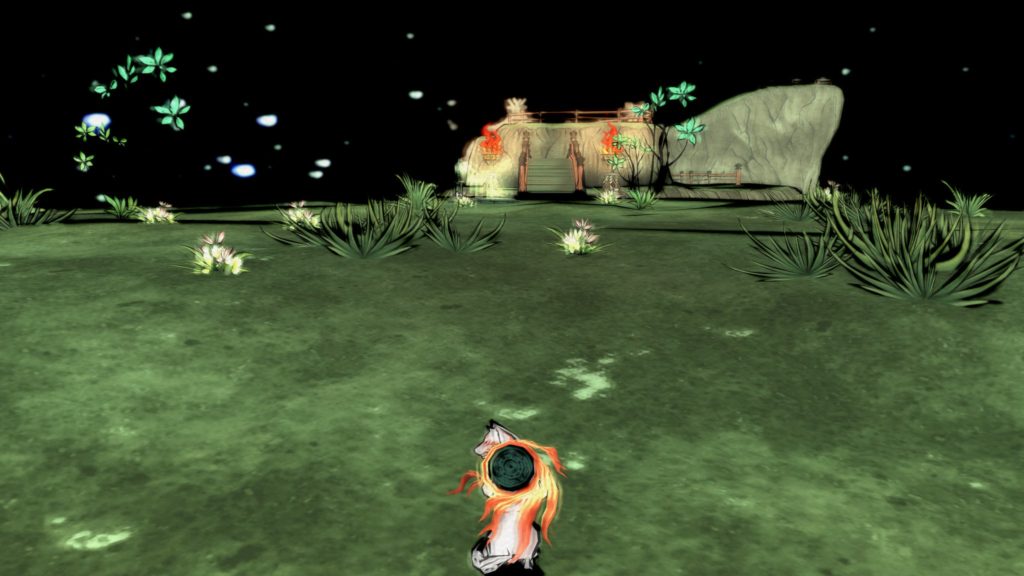
I suppose the question then becomes, is this a good port? More or less, but it has a few rough edges. The default visual filter in place definitely had its problems, with some of the visual separation of things really looking awkward. Turning that down to low solved most of the problems. Otherwise things were solid. Performance was consistent throughout the game, which was a particularly nice improvement over some of the more complex bosses on the PS2. While the controls for painting were sometimes a bit awkward, the shape recognition is forgiving enough to allow for a lot of flex room in getting your symbols close enough. If there’s anything with controls that did translate awkwardly, it’s that Start/Select from the PS2 were moved to the PS4’s touchpad, which also doubled as a secondary way to move the camera. It didn’t cause issues in general, but every time I went to pause I ended up accidentally moving the camera completely in a place that I didn’t want to.
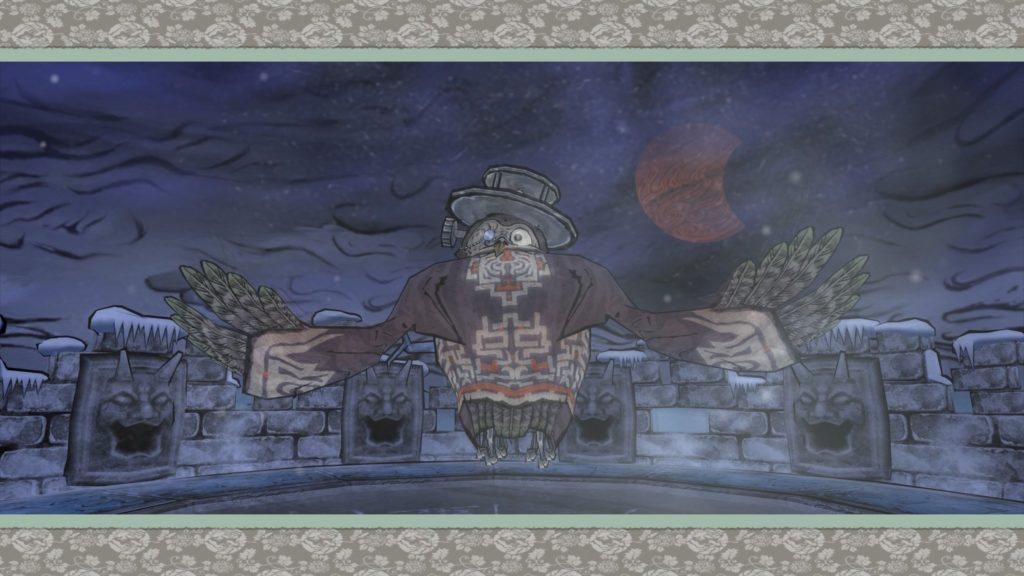
Going back to this one 10+ years later was a nice treat. Its visual style was always its selling feature, but only translated so well in 480i. Luckily, the move up to 4k only helped the visuals, and the great combat system built around the Celestial Brush has aged extremely well. If you’ve played this before, I could see an argument for not coming back again, but anyone that missed this the first go around would be well recommended in taking a whirl.


